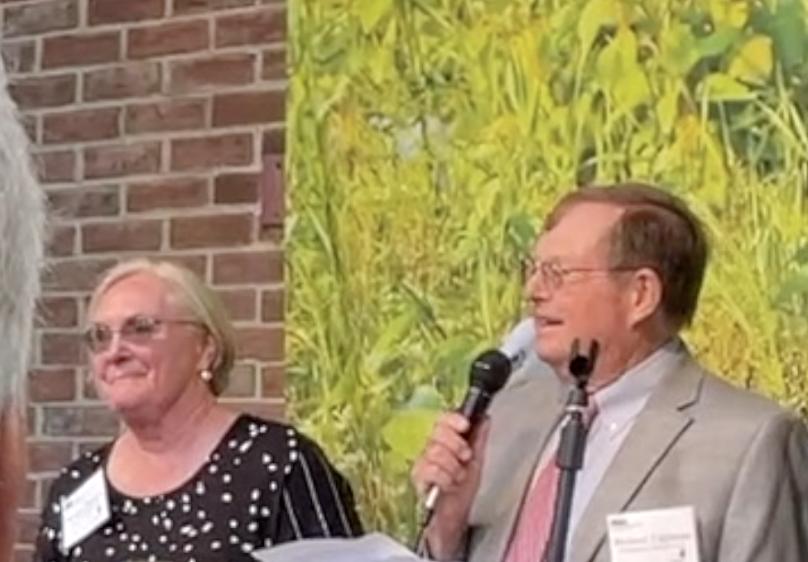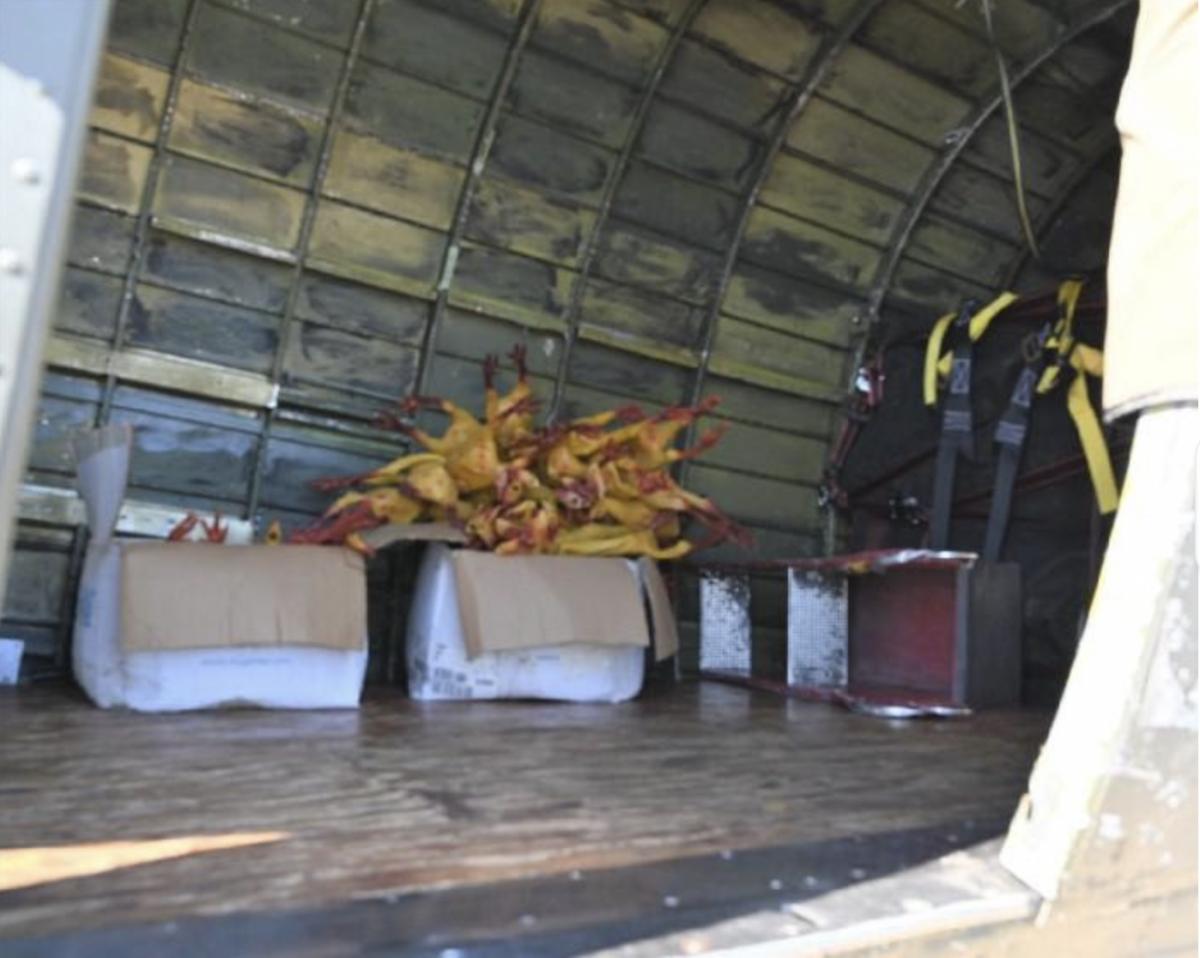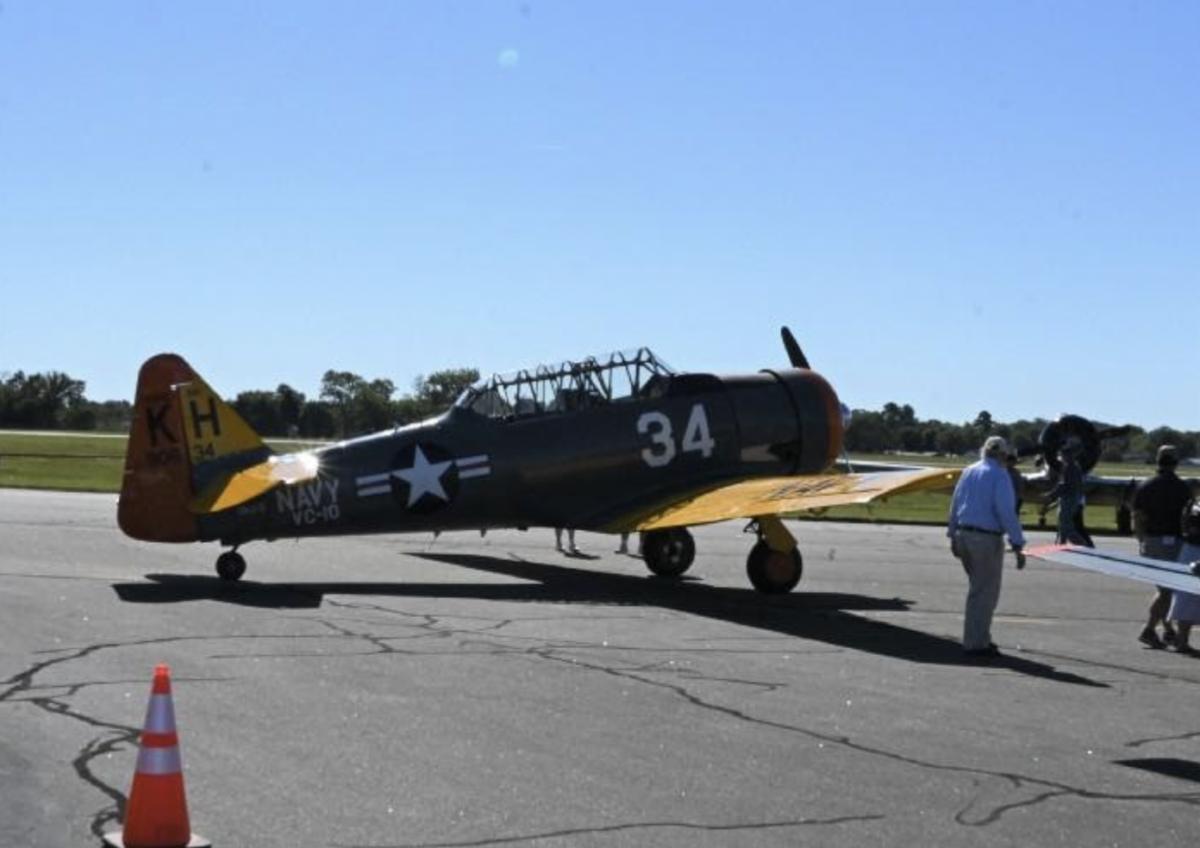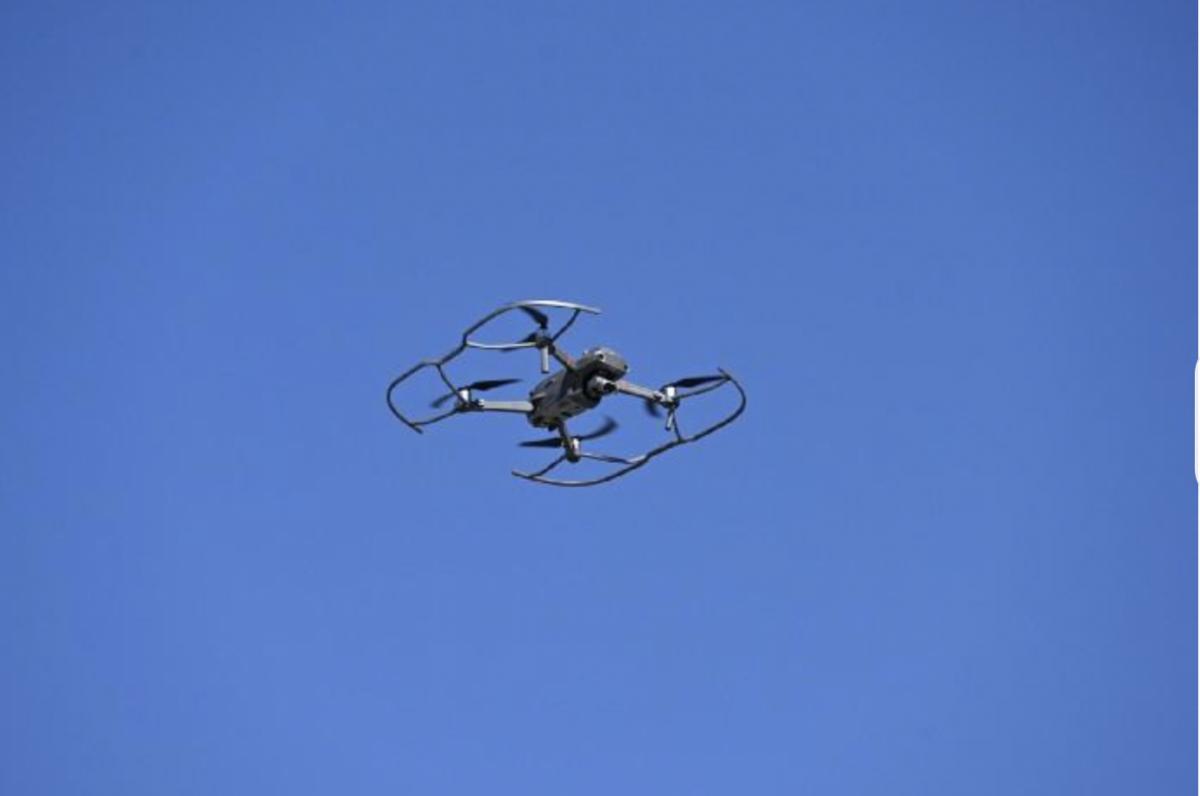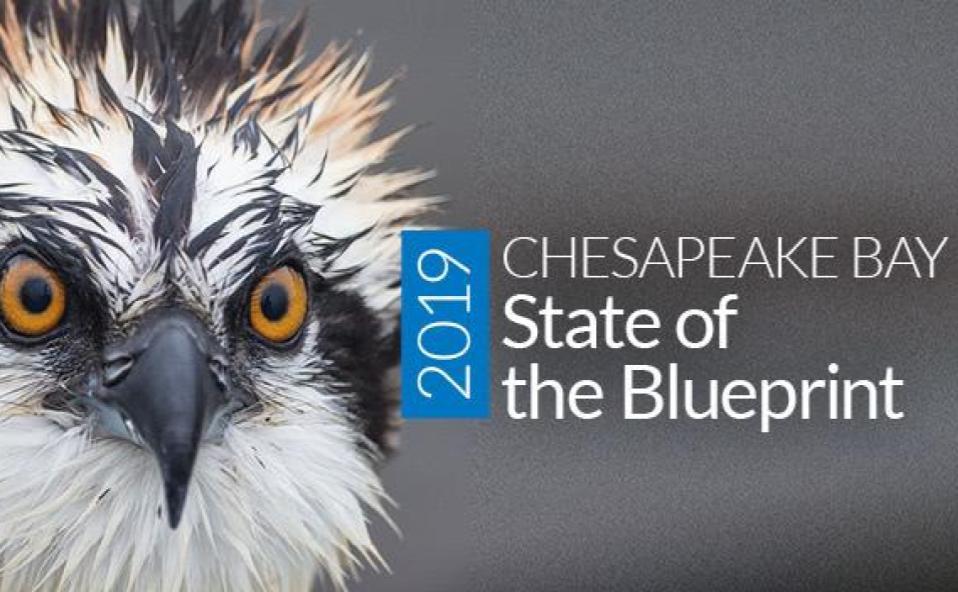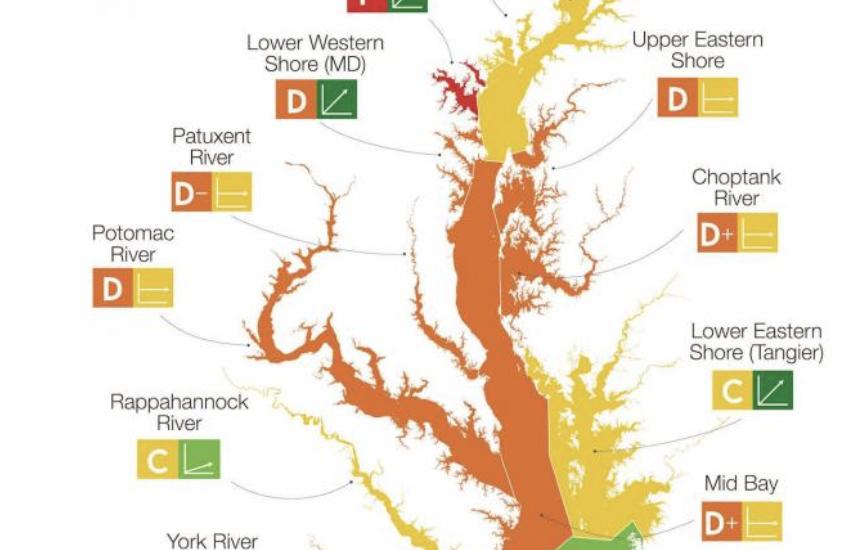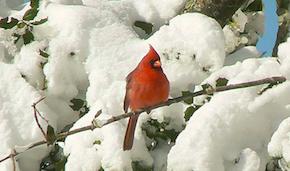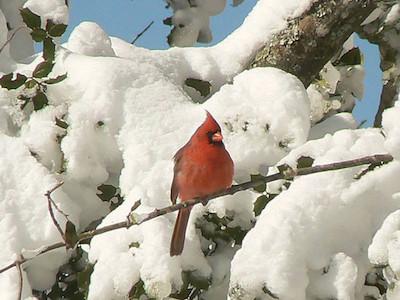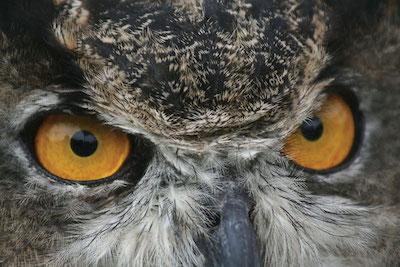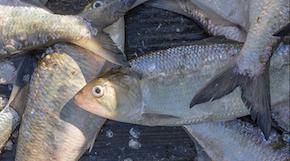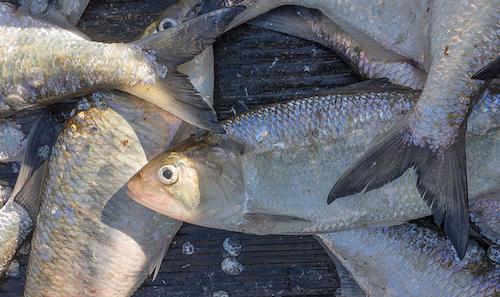A very happy summer greeting to our Spy readers,
Perhaps the most rewarding part of this summer so far, which I hope we’ve successfully conveyed in our daily coverage to our subscribers, is witnessing that return to normal that we have so wished for since COVID entered our lives. After two or more years of hibernation, the region is finally given way to a season full of the arts and culture that remind all of us why we love where we live.
And in following that trend, I am delighted to announce that the Spy will be offering a weekend weather report starting today, produced and directed by filmmaker Cecile Storm. Perhaps to the disappointment of some, our Spy Weather has only a limited forecast during its one-minute broadcast but breaks new ground in celebrating Mid-Shore weather through words and images.
The Spy is humbled that such a talented storyteller like Cece will be a regular contributor to all three local newspapers. A native of Cambridge, Maryland, with a college degree in Contemporary Theatre & Film from the number one drama school in London, England, and successful tenures at the Avalon Foundation and Rise Up Coffee, Cece has owned and operated her own photography studio since 2015.
I could not be more excited about this project and a host of others that Cece has planned for the Spy in the year ahead.
I am also pleased to report that Julian Jackson, Jr. will become one of our spies in Dorchester County as he becomes a contributor to the Cambridge Spy.
Julian is a native of Cambridge. A graduate of Cambridge-South Dorchester High School who attended Chesapeake College. Julian began interning at WHCP in 2019 and continues to work with the community radio station on public affairs programming. In addition, Julian works with Mid Shore Graphic Learning and was an early advocate for alternative forms of transportation, including the use of downtown e-bikes.
Speaking of Cambridge and the Spy, it is important to note that Judge (ret.) Steve Rideout, the Spy’s legal opinion columnist every Monday, will suspend his weekly thoughts while he seeks the mayor’s office for the City of Cambridge. That election is set for August 23, 2022, and the Spy salutes Steve and the other candidates for throwing their hats into the ring.
I’m also pleased to report that our Chestertown editor and friend Jim Dissette is making steady progress in recovering from some surgery a few weeks ago. We expect Jim to be out and about soon as he slowly returns to the Chestertown beat.
Finally, a word of warning. Starting next week, the Spy will once again be asking our readers and viewers to support this small non-profit education project. While every effort will be made to nudge donations gently via email, it was decided to discontinue the use of pop-up solicitations to make it all the more civilized as we begin our summer drive.
Thank you in advance for your support.
Dave Wheelan
Publisher and Executive Editor




